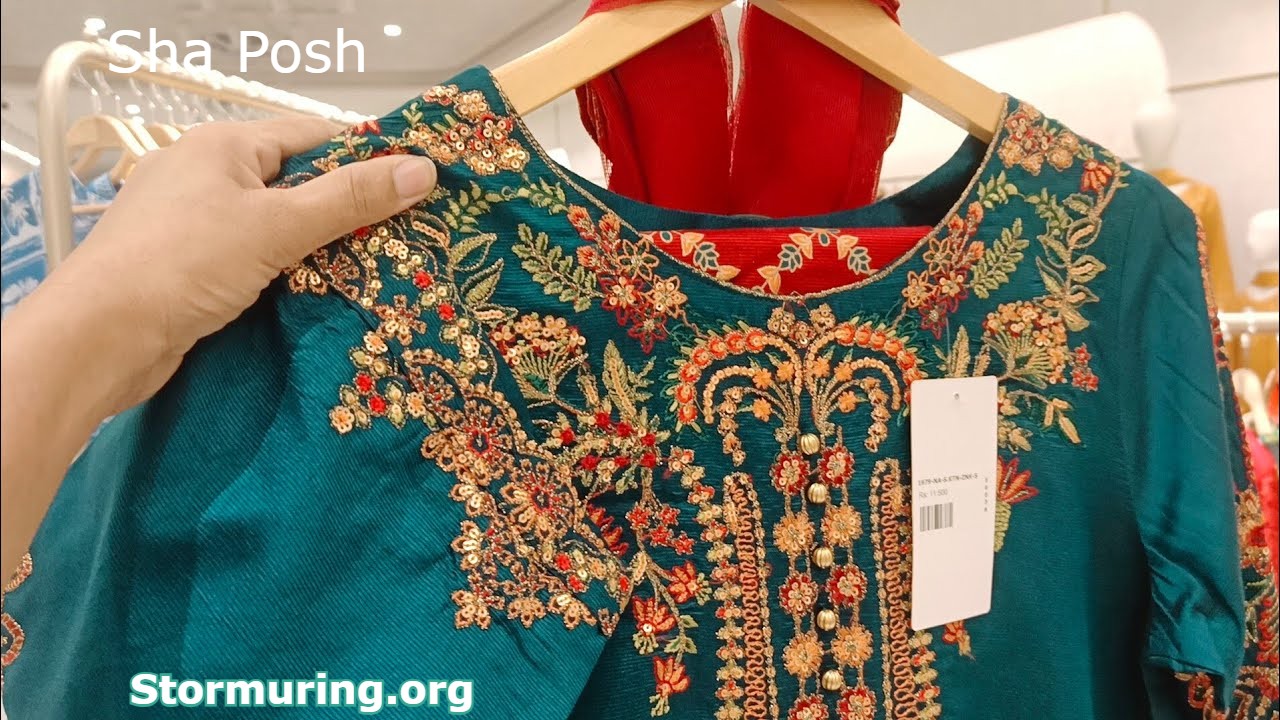Introduction
In many South Asian and Middle Eastern cultures, “sha posh” refers to someone who is dressed beautifully, gracefully, and in a dignified way. It’s more than just wearing good clothes—it’s about carrying tradition, pride, and personal style. A person who is sha posh is not only well-dressed, but they also reflect cultural identity, confidence, and elegance. The intent behind this term connects deeply with tradition and respect.
Whether seen in weddings, festivals, or even on social media, sha posh has become a symbol of modest fashion and cultural pride. As the world becomes more global, people are looking for ways to blend modern fashion with traditional values. That’s where the concept of sha posh shines—representing a unique harmony of beauty, grace, and heritage.
1. The Real Meaning Behind Sha Posh

Sha posh comes from Persian or Urdu roots, where “sha” means king or royal, and “posh” relates to appearance or clothing. Together, the phrase paints the image of someone dressed in a royal or highly respectful manner. Today, it’s used to describe both men and women who wear traditional clothing with elegance.
2. The Intent of Searching for Sha Posh
When someone searches for sha posh, they are usually looking for inspiration on how to dress traditionally while still looking stylish. The intent can also be related to finding bridal looks, event styling tips, or even cultural definitions. People may want to look sha posh at weddings, Eid, religious events, or formal occasions.
3. Sha Posh in Daily Life
Being sha posh doesn’t require expensive clothes. It’s about choosing quality over flashiness. A neatly ironed kurta, a clean dupatta, or simple accessories can make a person look graceful. For everyday wear, soft fabrics, light colors, and minimal designs keep you comfortable and still elegant.
4. Sha Posh in Weddings and Special Events
Weddings are a perfect place to see sha posh fashion in full display. Brides wear hand-embroidered lehengas, rich fabrics like silk or velvet, and detailed jewelry. Grooms appear in sherwanis, turbans, and khussas. Everyone, from parents to guests, tries to look their best while honoring cultural roots.
5. Sha Posh Styles for Women
Women’s sha posh fashion includes flowing gowns, traditional dresses like anarkalis, abayas, or frocks with modern touches. Soft embroidery, beadwork, and matching scarves or dupattas complete the look. It’s modest yet stunning—perfect for those who want beauty with grace.
6. Sha Posh for Men
Men’s sha posh styles are usually simpler but just as elegant. A well-fitted kurta, a classic waistcoat, or a crisp shalwar kameez gives a clean look. For special occasions, adding a shawl, traditional cap, or polished shoes can elevate the entire outfit.
7. Sha Posh and Modest Fashion
In a world that often promotes bold and flashy clothing, sha posh fashion offers an alternative. It shows that modesty can also be powerful and stylish. Whether you’re wearing a hijab, dupatta, or long dress, modest fashion has become a global trend—and sha posh fits right in.
8. Cultural Influence of Sha Posh
The sha posh style is deeply connected to cultural identity. It’s often seen in countries like Pakistan, India, Afghanistan, Iran, and the Middle East. The designs, colors, and patterns reflect history, values, and artistic expression. Wearing these styles is a way of showing pride in one’s heritage.
9. Sha Posh in Media and Social Platforms
With the rise of TikTok, Instagram, and YouTube, sha posh content has found a huge audience. Influencers post styling tutorials, outfit ideas, and cultural celebrations while wearing traditional clothing. Hashtags like #shaposh, #modestfashion, and #traditionwithstyle are becoming more popular.
10. Sha Posh for Kids and Teens
Younger generations are also embracing the sha posh look. From baby frocks to teen sarees and waistcoats, kids love to feel part of cultural events. Parents now buy outfits that are both modern and traditional to keep their children looking elegant while comfortable.
11. Sha Posh Jewelry and Accessories
Accessories can complete the sha posh outfit. For women, this includes jhumkas (earrings), bangles, clutch bags, and anklets. Men often wear traditional rings, watches, or pocket squares. The key is to balance—not too much, just enough to highlight the outfit.
12. Fabrics That Define the Sha Posh Look

Sha posh clothing is known for rich yet breathable fabrics. These include:
- Silk: Elegant and shiny for weddings.
- Chiffon: Light and flowing, great for dupattas.
- Cotton: Comfortable and neat for everyday wear.
- Velvet: Warm and royal-looking for winter events.
The right fabric can make even a simple design look sha posh.
13. Sha Posh in Global Fashion Trends
Western designers are now blending cultural designs with modern fashion. From boho prints to desi embroidery, sha posh styles are being noticed on runways and in stores. This fusion allows global audiences to appreciate the elegance of traditional wear.
14. How to Build a Sha Posh Wardrobe
Start with a few classic pieces: a white kurta, a neutral-toned dupatta, and a statement dress. Then, slowly add seasonal items like shawls or embroidered trousers. Mix and match your pieces for daily wear or formal looks. Keep them clean, ironed, and well-stored to maintain the sha posh vibe.
Final Thoughts
Being sha posh isn’t just about clothes. It’s about how you carry yourself, how you represent your culture, and how you express beauty with grace. It is a form of silent storytelling through fashion. Whether you’re preparing for a wedding, Eid, a family dinner, or even a casual outing, dressing sha posh shows pride, elegance, and identity. In today’s world, where trends change fast, sha posh remains timeless and meaningful. It is not just fashion—it’s culture, it’s respect, and it’s style with intent.





